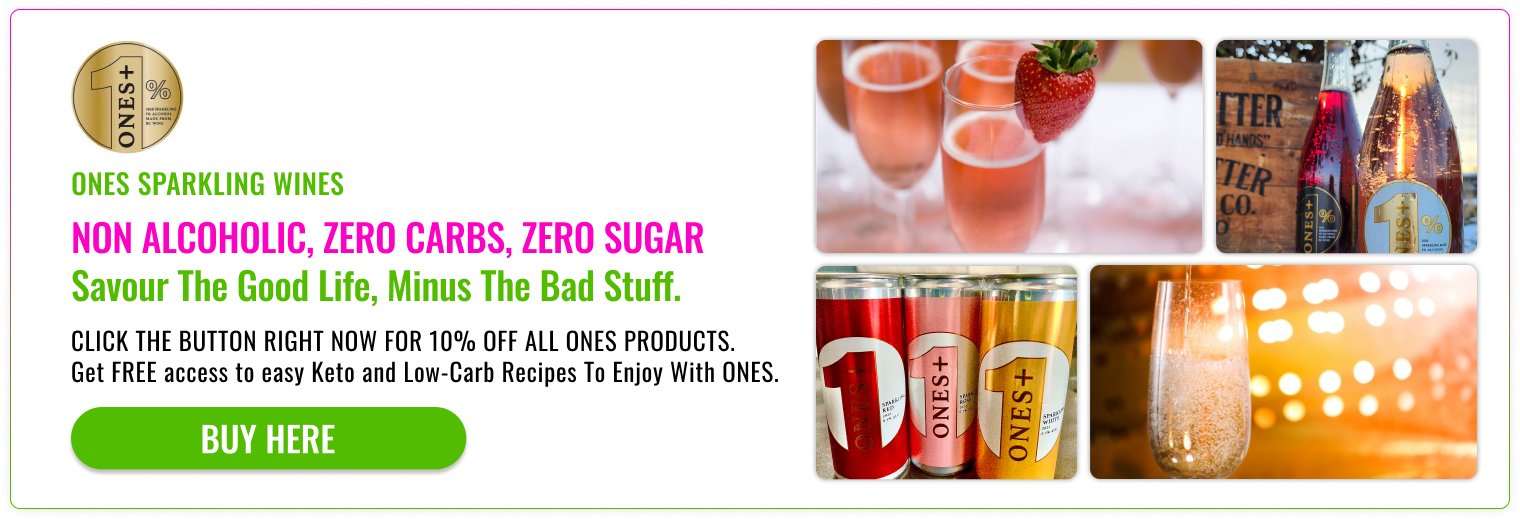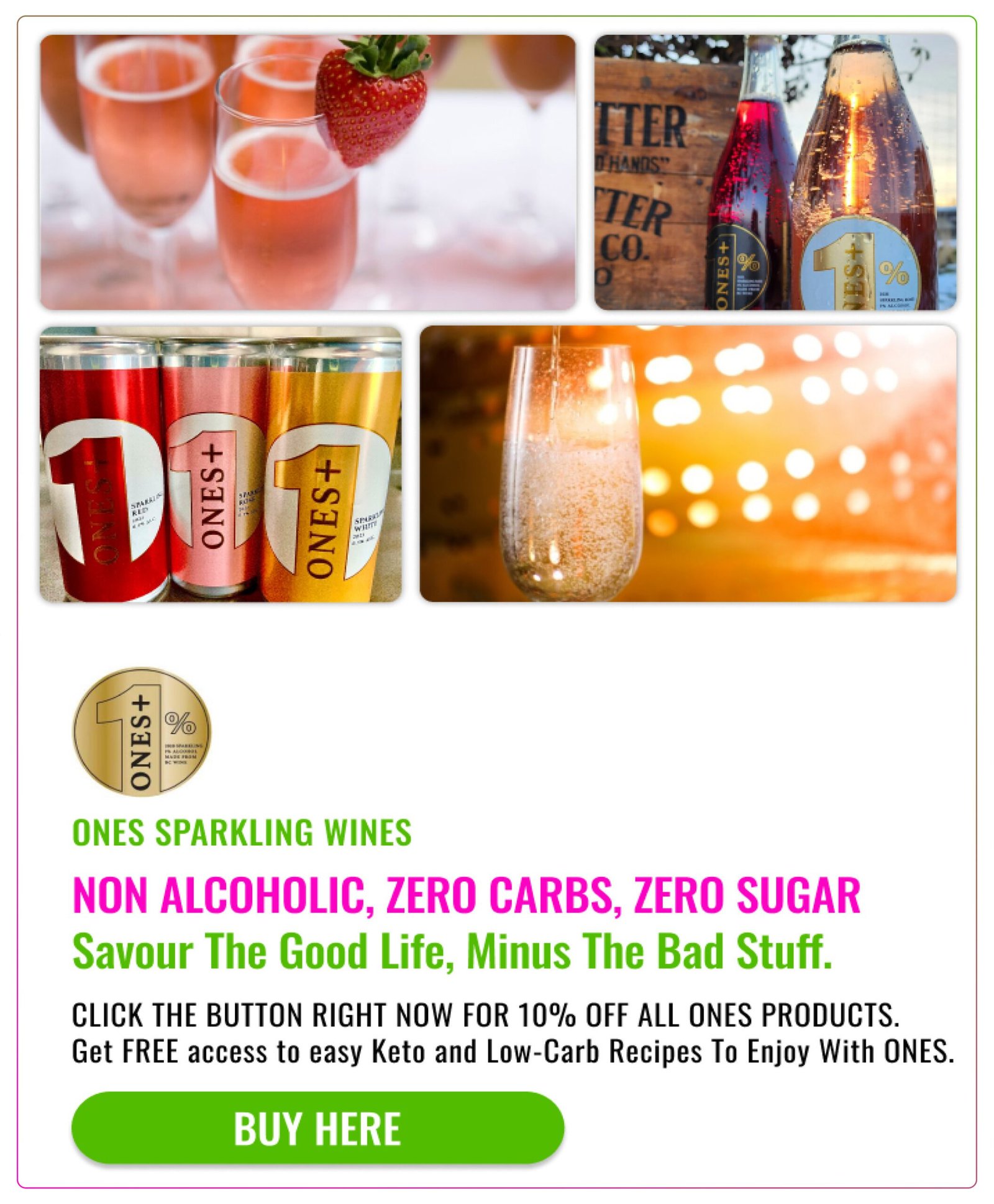Non Alcoholic Wine: Unlocking Its Fascinating Legacy
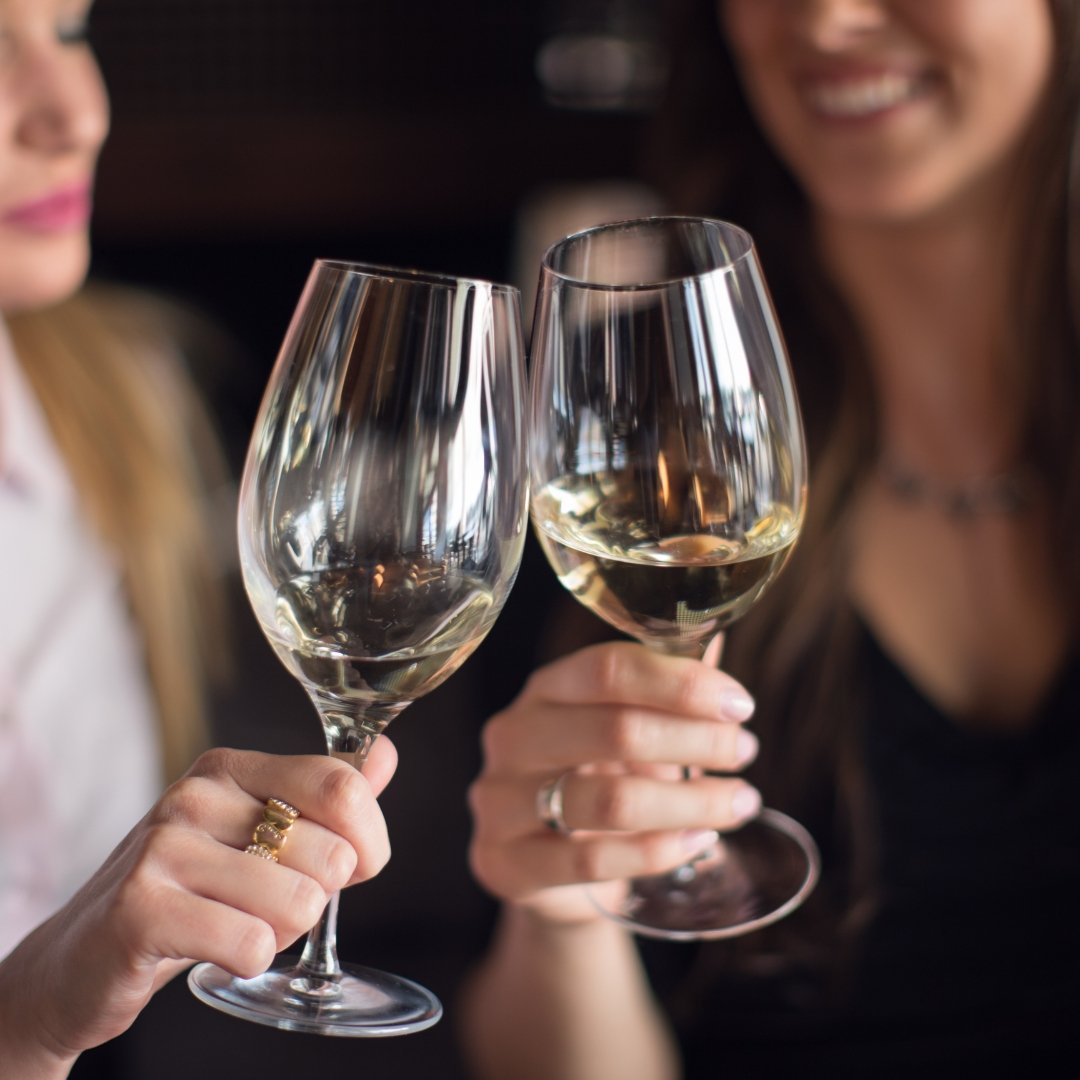

Non alcoholic wine opens the door to a captivating journey where tradition meets innovation and passion intertwines with science. In this exploration, we’ll uncover the fascinating history behind non alcoholic wine, tracing its evolution from ancient times to the modern era. From the introduction of groundbreaking technologies like vacuum distillation to the facinating allure of spinning cone column technology, each section reveals a unique facet of this dynamic industry.
What Are The Top 10 Key Takeaways:


People have been making wine with alcohol for ages, going way back to ancient times. They used it for religious stuff, parties, and even as medicine. You can find traditional wine all over the place in the Bible, from Noah’s adventures in Genesis to Solomon’s stories in Song of Solomon, and even in the New Testament. As time went on, wine-making practices spread far and wide, especially in Europe. During the Renaissance, vine growers and winemakers got better at growing and vinifying grapes and selling them.
What Is The History of Non Alcoholic Wine?
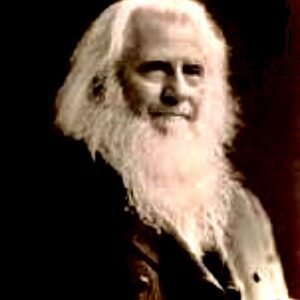

I’ve known about Welch’s grape juice since I was a kid. Welch was a real person, not just a brand. Thomas Bramwell Welch (December 31, 1825 – December 29, 1903) was an American minister, physician and dentist. In 1842, and at age 17 he became a member of the Wesleyan Methodist Connexion. (From its inception, the Connexion staunchly opposed the production, purchase, sale, and consumption of alcoholic beverages.)
What is Vacuum Distillation?
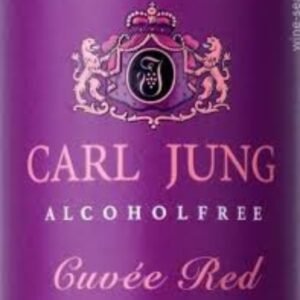

The Carl Jung Winery, founded in 1908, has a rich history rooted in the pioneering efforts of its founder, Dr. Carl Jung. Dr. Jung, a German chemist, was instrumental in revolutionizing the production of non alcoholic beverages through his innovative vacuum extraction method for alcohol removal. This groundbreaking technique, patented in 1908, marked the beginning of the Carl Jung Winery’s journey into producing high-quality alcohol-free wines.
The “story” goes as follows: Carl’s mother, Maria Jung, had embarked on a journey across Germany to promote and sell her family’s wines. However, she encountered a surprising trend among her customers – many declined her offerings, citing health concerns and doctor’s recommendations to abstain from alcohol. Concerned by these reports, Maria shared her observations with her family, sparking a collective determination to address the issue. To address this issue, her son, Carl Jung, an innovator in his own right, pioneered the vacuum extraction method. He received the first patent in the USA in 1913 for this process.
Richard Anschütz, born in 1852 and passing in 1937, was a significant figure in German chemistry during the latter half of the 19th century and the initial years of the 20th century. He conducted pioneering experimental research in organic chemistry, contributing notably to several advancements in the field. Among them, Anschütz played a pivotal role in the development of vacuum distillation techniques, enhancing the purity and efficiency of chemical separations.
The 70s:


BEAULIEU VINEYARDS www.bvwines.com/
In the late 1970s, Beaulieu Vineyard (BV), located in Rutherford, California, made waves in the beverage industry. They introduced Beaulieu Vineyard Alcohol Free Wine, becoming the first winery in the United States to produce this style of product. This groundbreaking move aimed to provide consumers with alternatives to traditional alcoholic beverages.
Beaulieu Vineyard’s Alcohol Free Wine not only expanded BV’s product range but also had a significant impact on the non-alcoholic wine market in the United States and beyond. By offering a high-quality, alcohol free option, BV showed its dedication to meeting consumers’ changing preferences and needs, establishing itself as a trailblazer in the non-alcoholic beverage industry.
Moreover, Beaulieu Vineyard’s venture into non alcoholic wine production underscored the growing interest in healthier lifestyle choices and the demand for alcohol-free options. This initiative influenced other wineries and beverage producers to explore similar products, contributing to the growth and evolution of the non-alcoholic beverage market.
The 80s:
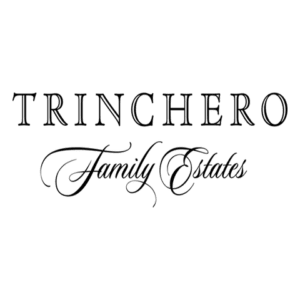

Trinchero Family Estates, the parent company of Sutter Home Winery, has a rich history dating back to its founding in 1948 by Italian immigrant Mario Trinchero. Mario, along with his brother John and their wives, purchased an abandoned winery in St. Helena, California. They began producing wine under the Sutter Home label.
However, it was Roger Trinchero, Mario’s grandson, who played a pivotal role in the introduction of non alcoholic wine to the company’s portfolio. Inspired by the success of non alcoholic beer and the emerging cultural movement around responsible drinking and driving, Roger recognized an opportunity to tap into the growing demand for alcohol free wine.
In the 1980s, Roger Trinchero spearheaded the launch of Sutter Home Fre, the company’s line of alcohol-free wines. Originally labeled as Sutter Home Fre, these wines offered consumers non-alcoholic alternatives to traditional wine while maintaining the quality and flavor for which Sutter Home was renowned.
Sutter Home Fre quickly gained popularity and became a staple in the non alcoholic beverage market, contributing to the ongoing success and growth of Trinchero Family Estates. Today, Trinchero Family Estates continues to produce a wide range of high-quality wines, including its renowned Sutter Home Fre line, catering to a diverse array of tastes and preferences.
What Is Spinning Cone Column Technology?
In 1986, Andrew Craig, Lionel Irving, and Ron Potter founded Flavourtech Pty Ltd. When Flavourtech Pty Ltd. opened, it focused on developing new technologies for non-alcoholic wine production. They created equipment and processes that preserved wine flavor, aroma, and quality while removing alcohol. Flavourtech’s technologies, such as the Spinning Cone Column (SCC) and the Integrated Extraction System (IES), revolutionized the production of non alcoholic wine. They provided winemakers with efficient and environmentally friendly methods to produce alcohol-free options.
What is Spinning Cone Column technology? With this system, substances move through stationary and spinning cones down a column. From the bottom of the column, steam rises upward. This process causes the volatile compounds in the liquid to turn into gas. The gas is then separated from the liquid that continues to pass out from the bottom of the column. The volatile compounds are then introduced back into the non-alcoholic wine being produced.
The 90s:


In 1991, Tony Dann founded BevZero, a company using advanced ConTech technology for the wine industry. BevZero’s innovative processes changed non-alcoholic wine production. Wineries could make alcohol-free wines with authentic flavors, meeting rising demand for quality non-alcoholic options.
Today, wineries use BevZero in different ways to improve their non-alcoholic offerings. They buy de-alcoholized wines from BevZero or send their own for processing. BevZero de-alcoholizes the wine and sends it back for production and bottling.
Also, BevZero sells its ConTech technology to wineries, letting them use it in their operations. With technology, partnerships, and customer focus, BevZero has advanced non-alcoholic wine quality and accessibility. They’ve helped reshape the beverage industry, meeting the needs of health-conscious consumers.
The 2000s:
In 2018, Dann expanded BevZero’s scope to include other beverage categories, such as beer, cider, and spirits. This marked a significant shift for BevZero, as it expanded its services and expertise beyond non-alcoholic wine to cater to a broader range of beverage industries.
2019 COVID-19 Pandemic:


During the COVID-19 pandemic, more people stayed at home, leading to a greater emphasis on health and wellness. This change happened because of more screen time and easy access to health info on platforms like YouTube. People went online for workout routines, healthy recipes, and tips on mental health, finding support and community online. Celebrities and influencers on YouTube also helped by sharing their health journeys. With gyms and wellness centers closed, there was a quick switch to virtual services. The virtual services made health and wellness more available to everyone.
When bars and restaurants shut down, it was harder to get alcohol, so many started trying non-alcoholic drinks instead. This switch from alcohol boosted the demand for non alcoholic beverages during the pandemic, showing that people’s preferences were changing. The non alcoholic drink sector continues to expand and grow.
GROWTH OF THE NON ALCOHOLIC WINE INDUSTRY:
Innovation:


The non alcoholic wine industry is growing and changing due to emerging trends. Consumers are seeking de-alcholized wines that are also zero carbs and zero sugar. There’s also exploration of infusing cannabis derivatives like CBD into non alcoholic wines. This infusion provides consumers with a new sensory experience. Other products are emerging in this market, as well. Proxies are a whole new form of wine alternative. They are not de-alcoholized wine, but rather produced from a layered blend of fruit, teas, spices, bitters and more. Proxies are made to pair well with food and be enjoyed in classic wine glasses.
- Impress Guests with Keto Appetizer and Zero-Alcohol Wine Duos - July 25, 2024
- Cracking the Code of Pairing Non Alcoholic Wines with Cheese - July 23, 2024
- How To Master Non-Alcoholic Wine Etiquette at Social Events - July 17, 2024

